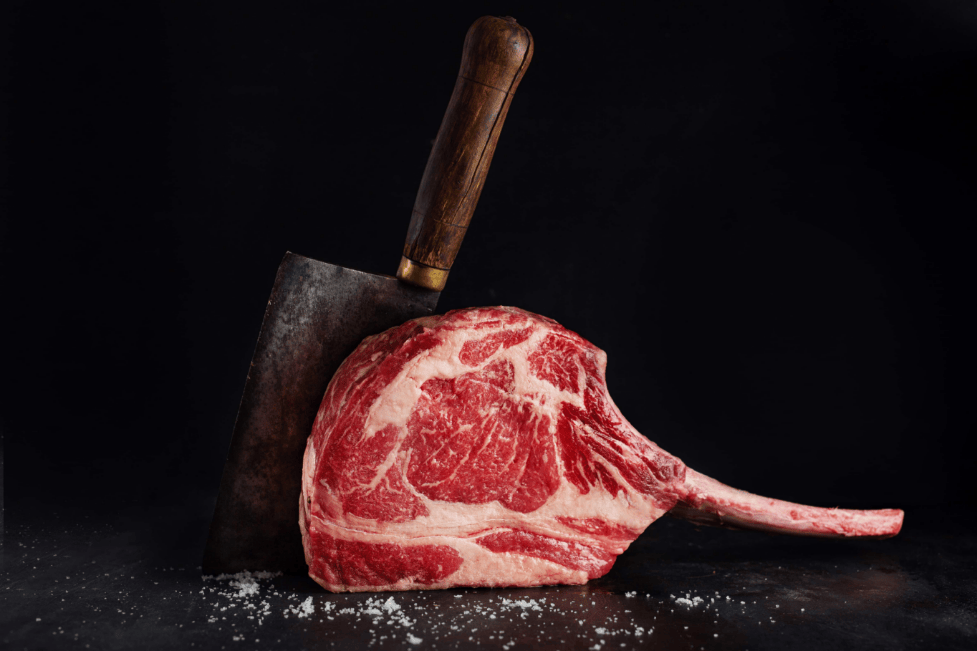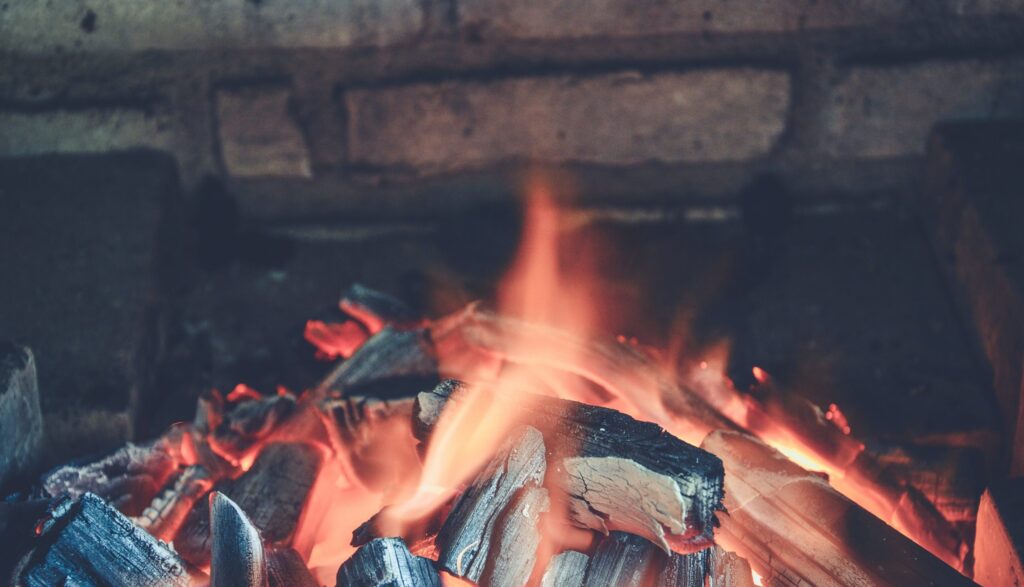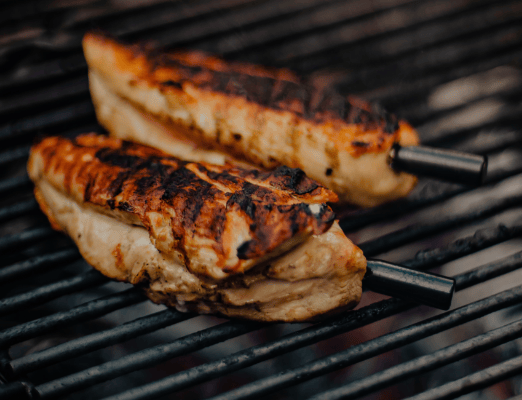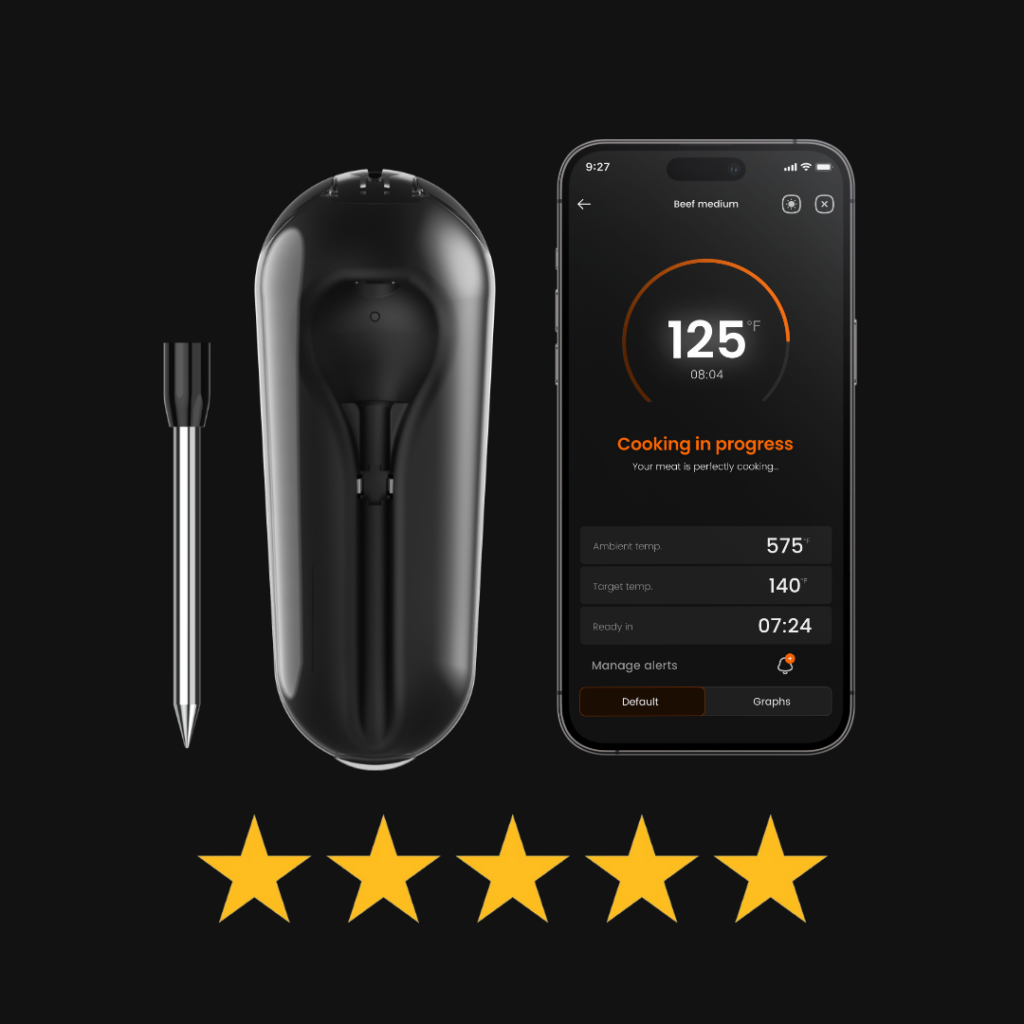The discovery of fire marked a pivotal moment in human evolution, providing warmth, protection, and a means to cook food. Cooking transformed raw, difficult-to-digest meat into a flavorful and nutrient-rich source. This journey from ancient practices to modern culinary innovations showcases the fascinating evolution of the culinary arts. Learn about the science behind cooking meat, including protein denaturation and the Maillard reaction. This article explains how these reactions affect the texture, flavor, and nutrition of cooked meat.

Protein Denaturation: Unveiling the Culinary Magic
Proteins in raw meat pose digestion challenges due to their resistance to digestive enzymes. Cooking initiates protein denaturation, altering their structure and making them more digestible. This transformation is crucial for achieving the desired texture and tenderness in cooked meat. A deeper understanding of protein denaturation allows for precision in culinary endeavors.
If meat is a delicious ingredient, it is also a versatile food, and it can be tricky to cook perfectly. Overcooked meat is dry and tough, while undercooked meat can be unsafe to eat.
The Malliard reaction: A Symphony of Flavors
When meat is cooked, the proteins in the meat denature. This means that the proteins change shape and lose their original properties. Denatured proteins are less soluble and more likely to clump together. This is what gives cooked meat its characteristic texture.
The Maillard reaction is another chemical reaction that occurs when meat is cooked. This reaction is responsible for the browning and flavor of cooked meat. The Maillard reaction occurs when amino acids and sugars in the meat react with each other.
The degree of protein denaturation determines the texture of cooked meat. When meat is cooked to a low temperature, the proteins denature only slightly. This results in a tender, juicy texture. When meat is cooked to a high temperature, the proteins denature more completely. This results in a tougher, drier texture.
The Maillard reaction is responsible for the browning and flavor of cooked meat. The reaction produces hundreds of different compounds, including aldehydes, ketones, and amines. These compounds give cooked meat its characteristic savory flavor.
Temperature Evolution in Cooking: Precision Unleashed
In the culinary realm, the food’s temperature takes center stage. Grasping the nuances of temperature is crucial, as it influences the meat’s texture and doneness. When grilling a steak, the temperature of the grill will determine how long it takes the steak to come up to temperature, but at the end of the day, what you really want to control is the final temperature of the steaks. For that steak to be cooked to at least medium rare, you need to heat the meat such that the meat itself is at a temperature of around 135°F.
The idea that you can just cook a steak any old way until it reaches 135°Fis not enough. For one, how you get the heat into a piece of food matters. Clearly the center of the steak will hit 135°F faster when placed on a 650°F grill than in a 375°F oven.
The hotter the environment, the faster the mass will heat up, thus the rule of thumb: “cooking = time * temperature.
Cooking a steak on a grill takes less time than in an oven, because energy is transferred faster in the hotter environment of the grill. This is an oversimplification, of course: if we only measure the temperature at the center of the mass, we leave out the “slight” detail of the temperature of the rest of the meat (It also doesn’t consider things like rate of heat transfer inside the food, water in the meat boiling off, or points where proteins in the meat undergo phase changes and absorb energy without a change in temperature).
This balancing act—getting the center cooked while not overcooking the outside—has to do with the rate at which heat energy is transferred to the core of a food. Since cooking applies heat to foods from the outside in, the outer portions will warm up faster, and because we want to make sure the entire food is at least above a minimum temperature, the outside will technically be overcooked by the time the center gets there. This difference in temperature from the center to outer edges of the food is referred to as a temperature gradient.
The amount of carryover depends upon the mass of the food and the heat gradient, but as a general rule, I find carryover for small grilled items is often about 5°F. When grilling a steak or other “whole muscle” meat, pull it when it registers a few degrees lower at its core than your target temperature and let it rest for a few minutes for the heat to equalize.
Finally, cooking and baking share an axiom with coding and product development: it’s done when it’s done—not when the timer goes off. One of the best tips I can offer for improving your skills in the kitchen is to use a smart thermometer.
Methods of Heat Transfer: A Culinary Symphony
Cooking relies on three fundamental methods of heat transfer: conduction, convection, and radiation. Each method imparts a distinct character to the culinary creation, influencing the time required for identical dishes to reach perfection. Uncover the essence of conduction, where direct contact with a hot material transforms the culinary landscape. Explore convection’s role in circulating heat through baking, roasting, boiling, and steaming. Delve into radiant heat’s electromagnetic energy, reflecting or absorbing in a dance that elevates culinary artistry.

The same food can turn out vastly different under different heat conditions. Batter for pancakes (conduction via stovetop) is similar to that for muffins (convection via baking) and waffles (conduction), but the end result differs widely. To further complicate things, most cooking methods are actually combinations of different types of heat transfer. If you’re an experienced cook, try changing heat sources as a way of creating a challenge for yourself: adapt a recipe to use a different source of heat. In some cases, the adaptation is already common—pancake batter, when deep-fat fried, is a lot like funnel cakes. But try pushing things further. Eggs cooked on top of rice in a rice cooker? Chocolate cookies cooked in a waffle iron? Fish cooked in a dishwasher?
Factors Affecting Texture and Flavor: Crafting Culinary Perfection
Beyond chemical reactions, various factors shape the texture and flavor of cooked meat. The cut of meat, marbling, seasoning, and cooking method all contribute to the symphony of flavors and textures. Discover how these factors intertwine, empowering chefs to craft culinary masterpieces that balance art and science.
The Right Temperature to Cook: Precision Meets Culinary Artistry
Chances are, you haven’t given much thought to the chemical reactions that happen to a piece of meat when the animal supplying it is slaughtered.
Lean meat is mostly water (65–80%), protein (16–22%), and fat (1.5–13%), with sugars such as glycogen (0.5–1.3%) and minerals (1%) contributing only a minor amount of the mass. When it comes to cooking a piece of fish or meat, the key to success is to understand how to manipulate the proteins and fats. Although fats can be a significant portion of the mass, they are relatively easy to manage, because they don’t provide toughness.
This leaves proteins as the key variable in cooking meats.
Of the proteins present in meat, myosin and actin are the most important from a culinary texture perspective. If you take only one thing away from this section, let it be this: denatured myosin = yummy; denatured actin = yucky. Dry, overcooked meats aren’t tough because of lack of water inside the meat; they’re tough because on a microscopic level, the actin proteins have denatured and squeezed out liquid in the muscle fibers. Myosin in fish begins to noticeably denature at temperatures as low as 104°F; actin denatures at around 140°F. In land animals, which have to survive warmer environments and heat waves, myosin denatures in the range of 122–140°F (depending on exposure time, pH, etc.) while actin denatures at around 150–163°F.
Food scientists have determined through empirical research (“total chewing work” and “total texture preference” being our favorite terms) that the optimal texture of cooked meats occurs when they are cooked to 140–153°F / 60–67°C, the range in which myosin and collagen will have denatured but actin will remain in its native form. In this temperature range, red meat has a pinkish color and the juices run dark red.
Dwelve into the chemical transformations that occur as meat transitions from the living animal to a cooked dish. Explore the role of myosin and actin proteins, unlocking the secret to achieving the ideal texture. Journey through temperature milestones, from collagen denaturation to the Maillard reactions, and learn to orchestrate a culinary symphony with precision.

Foodborne Illness and Safe Culinary Practices
The American food supply is one of the most interconnected and interdependent ones in the world. As our food system has become more interconnected, the number of people that can be affected by a mistake in handling food has also increased. Handling food carefully—taking note of what has been washed in the case of produce and cooked in the case of meats, and being careful to avoid cross-contamination—is among the easier ways of keeping yourself healthy.
Bacteria related to common foodborne illnesses begin to multiply above 40°F. The standard food safety rule provided by the FDA for mitigating foodborne illnesses from bacteria states that food should not be held between the temperatures of 40°F and 140°F for more than two hours. Below 40°F, the bacteria remain viable but won’t have a chance to multiply to a sufficient quantity to bother us. Above 140°F the bacteria won’t be able to survive long (Bacterial spores, however, can).
This is called the “danger zone rule,” and as you’d probably imagine, a vast simplification of what’s really going on in the bacterial world.
In our interconnected food supply, safe handling practices are paramount. Navigate the complexities of food safety, from understanding the danger zone rule to preventing cross-contamination. As the global food system evolves, embracing careful handling practices becomes a crucial aspect of the culinary journey.
Conclusion: Crafting Culinary Excellence
Unraveling the science behind cooking meat transforms it from a mundane task to an art form. By mastering protein denaturation, the Maillard reaction, and temperature dynamics, chefs and home cooks alike can embark on a journey of culinary excellence. As you explore the delicate balance between art and science, savor the satisfaction of consistently creating perfectly cooked meat.
Whether you’re a seasoned chef or an enthusiastic home cook, the pursuit of culinary mastery is an ongoing journey. Dive into the intricate science behind cooking meat, experiment with flavors, and elevate your skills. Armed with knowledge, precision, and a passion for culinary artistry, you’re ready to craft perfectly cooked meat every time. For more, you can check out Orka’s latest addition the Meat°it 3, and read about what Tasting Tables has got to say about making dinner parties easier using our wirelesss digital thermometer.

